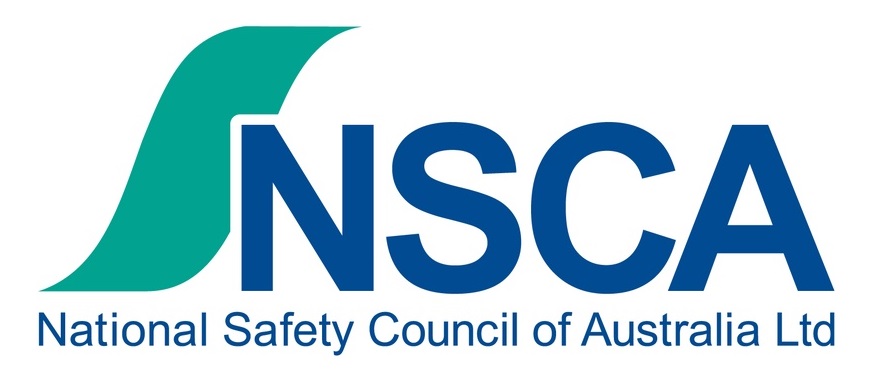Welcome to our comprehensive guide on asbestos medical surveillance, a vital aspect of workplace health and safety. Asbestos exposure poses significant risks to workers’ health, necessitating proactive measures to mitigate potential health hazards. At Employees Health we prioritise the well-being of our employees and adhere to Safe Work Australia Guidelines to ensure compliance and foster a safe working environment. Book in your Asbestos Medical Surveillance today by contacting our medical reception nationally on 1300 880 804, simply CLICK HERE to get in touch with our team, or fill out the contact form at the bottom of this page, and we will assist you promptly.
The Importance of Asbestos Medical Surveillance
Asbestos medical surveillance plays a crucial role in identifying early signs of asbestos-related diseases among workers who may have been exposed to asbestos fibers. It involves regular health monitoring and assessments to detect any abnormalities that may indicate asbestos-related health issues. Early detection through medical surveillance allows for timely intervention and treatment, ultimately improving health outcomes and quality of life for affected individuals.






How often should health monitoring be done?
Health monitoring should also be provided to workers at regular intervals (at least once every two years) after the worker commences asbestos-related work where there is a risk of exposure to asbestos.
Our asbestos medical surveillance program is aligned with the Safe Work Australia Guidelines, which provide comprehensive recommendations for managing asbestos-related risks in the workplace. These guidelines outline the responsibilities of employers and workers, risk assessment and management strategies, and measures to protect workers from asbestos exposure.
At Employees Health we are committed to ensuring the health and safety of our employees by implementing robust asbestos management practices and medical surveillance programs. By adhering to Safe Work Australia Guidelines and prioritising proactive measures, we strive to minimise the risks associated with asbestos exposure and create a safe working environment for all.
Contact Us
For more information about our asbestos medical surveillance program or to discuss your specific needs, please contact us at Employees Health. Our team of experts is here to support you in safeguarding the health and well-being of your workforce.
Exposure to asbestos fibers can lead to serious health conditions. Asbestos-related diseases often have a long latency period, with symptoms manifesting years or even decades after initial exposure.
Target Organ | Effect |
Lungs | · Pleural plaques · Pleural fibrosis · Rounded atelectasis · Asbestosis · Lung cancer · Mesothelioma |
Asbestos, once widely used for its heat resistance and durability, poses significant health risks to individuals exposed to its fibers. Over time, asbestos exposure can lead to various diseases, each with its own set of symptoms and complications. At Employees Health, we aim to provide comprehensive information on the diseases and symptoms associated with asbestos exposure to promote awareness and early detection among those at risk.
Conclusion: Understanding the diseases and symptoms associated with asbestos exposure is crucial for early detection and intervention. By raising awareness and adhering to safety protocols, we can minimize the risks associated with asbestos exposure and improve outcomes for those affected by these debilitating conditions.
Agency for Toxic Substances and Disease Registry (2001); Toxicological profile for Asbestos.
Australian Bureau of Statistics at http://www.abs.gov.au/
Chemical analysis branch handbook, 9th Edition, Workplace and biological monitoring exposure analysis, WorkCover NSW (PDF 3.39MB).
De Klerk, N., Henderson, D., Jones, M, Leigh, J, Musk, A.W., Shilkin, K. and Williams, V. (2002) The diagnosis and attribution of asbestos-related diseases in an Australian context, Adelaide Workshop on Asbestos-Related Diseases, J Occup Health Safety – Aust NZ, 18(5): 443-452.
National Industrial Chemicals Notification and Assessment Scheme (1999); Chrysotile Asbestos; Priority Existing Chemical No. 9; Full Public Report.
Safe Work Australia (2013); Workplace Exposure Standards for Airborne Contaminants
Safe Work Australia; Hazardous Chemicals Information System